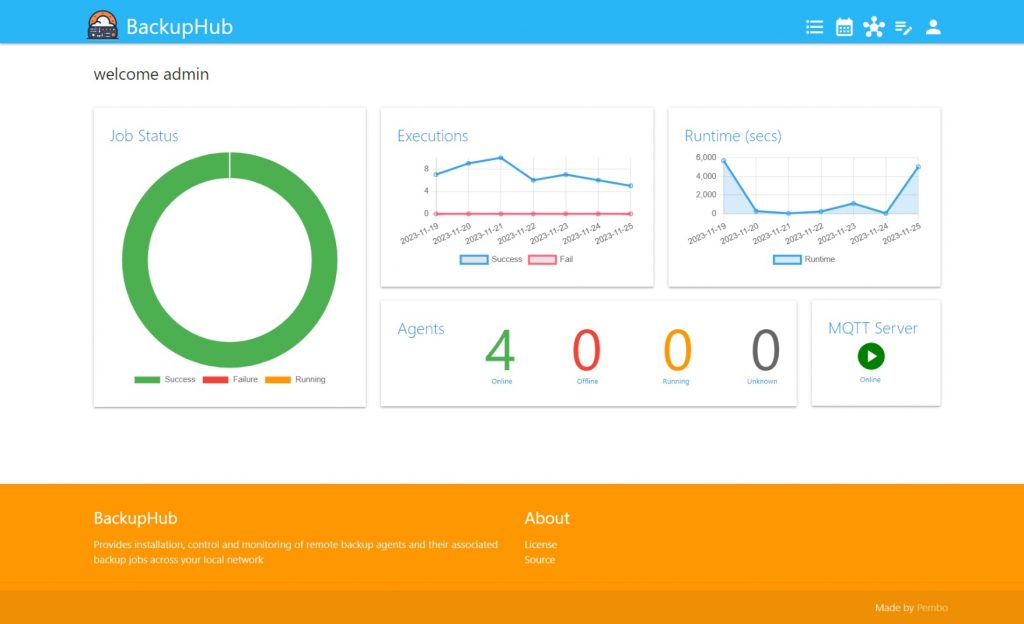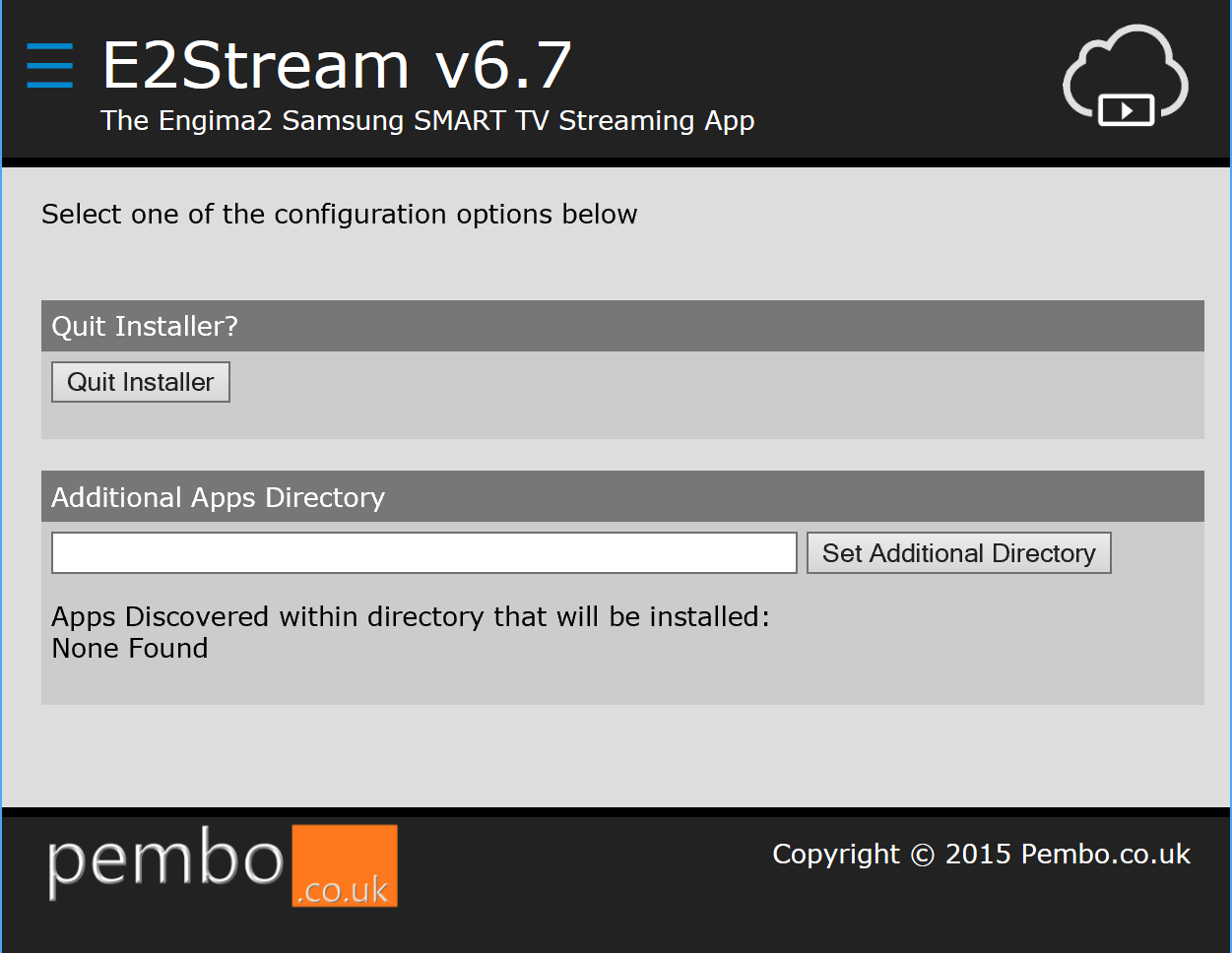

TetWiis (Wii)
TetWiis is a Nintendo Wii homebrew clone of the falling blocks classic TetWiis (Copyright ©2010 Pembo.co.uk) is a Nintendo Wii homebrew clone of the falling blocks classic – Tetris. Shamelessly based on the popular Nintendo (More...)

BootMii Config Editor
BootMii configuration Editor is the single most downloaded application here developed by me In excess of 54,000 downloads from this site alone, and over 115,000 downloads from the wii homebrew browser, and it’s available to (More...)

LightwaveRF Control
Schematics and open source program to make a Lightwave RF hub from an arduino, a few electronic components, and a Raspberry Pi or other linux server. The following describes the process and setup of how (More...)



